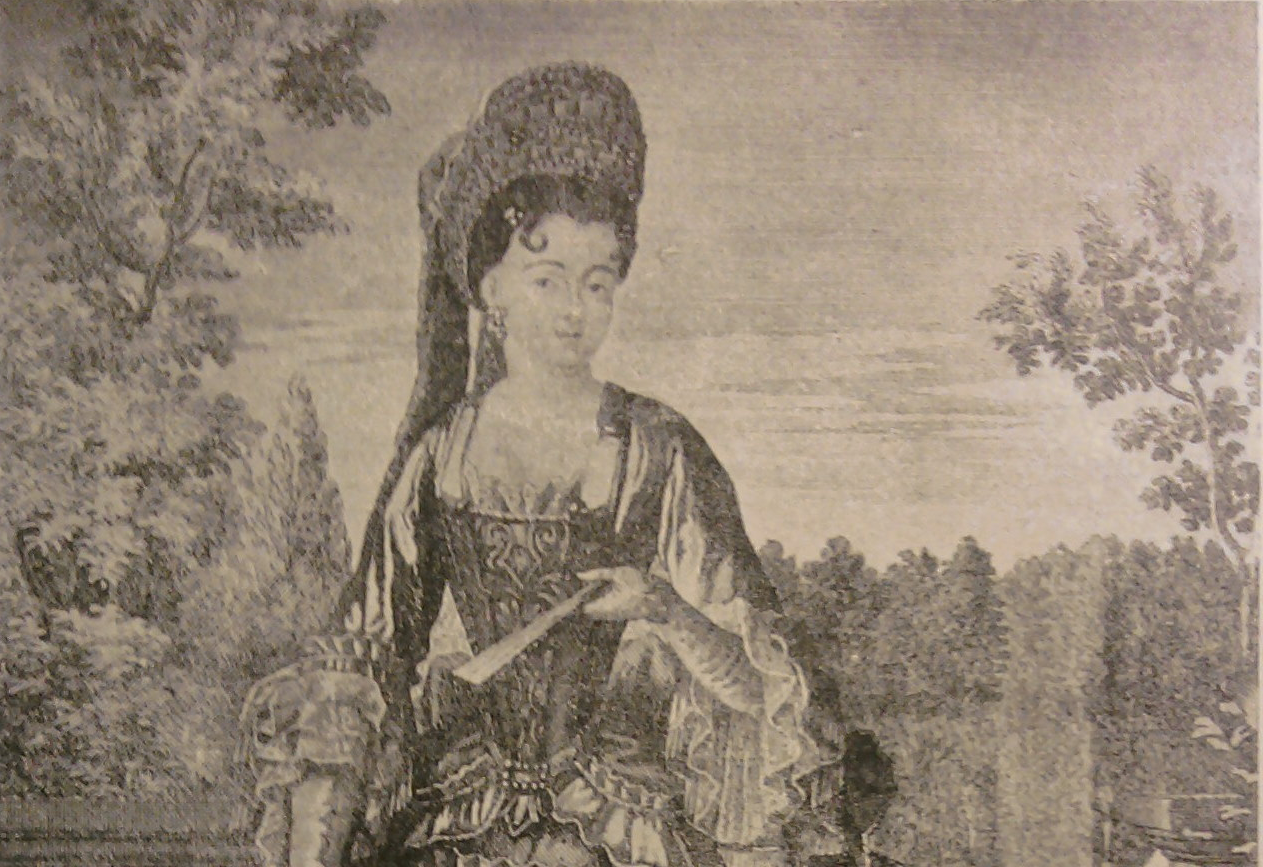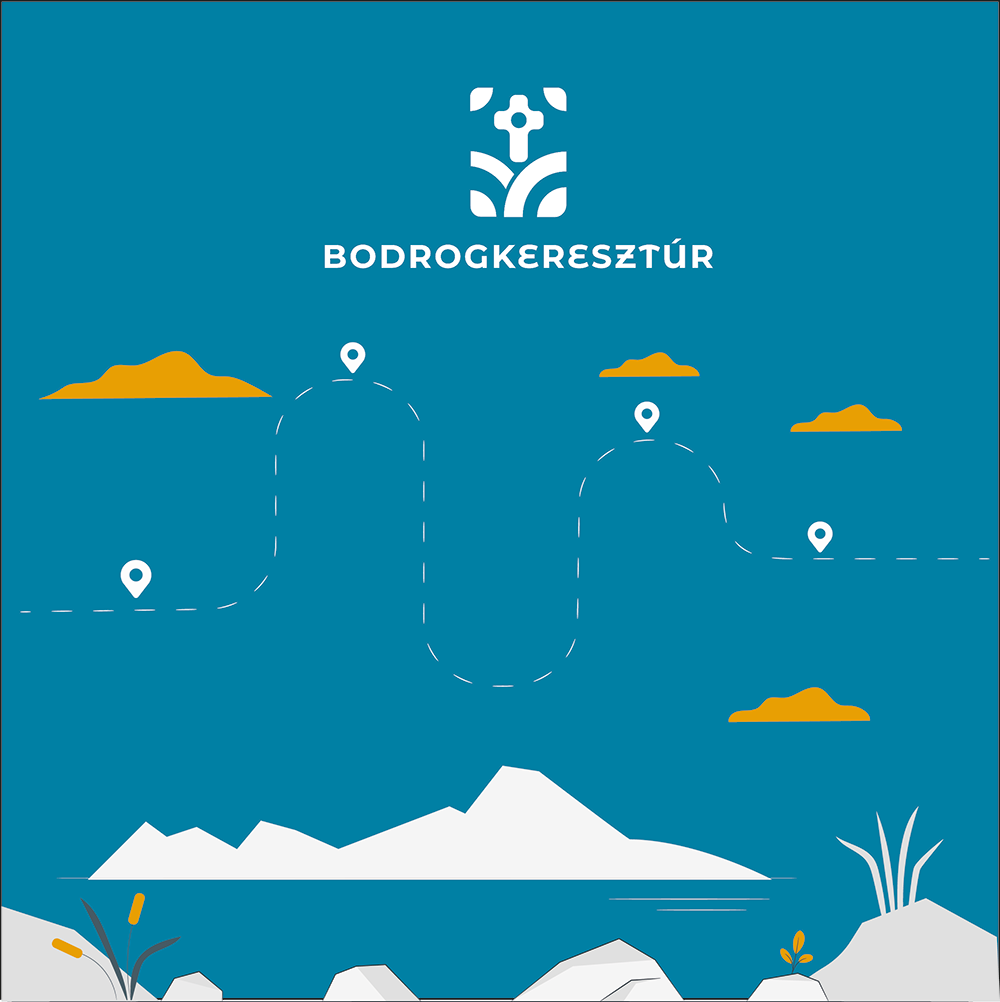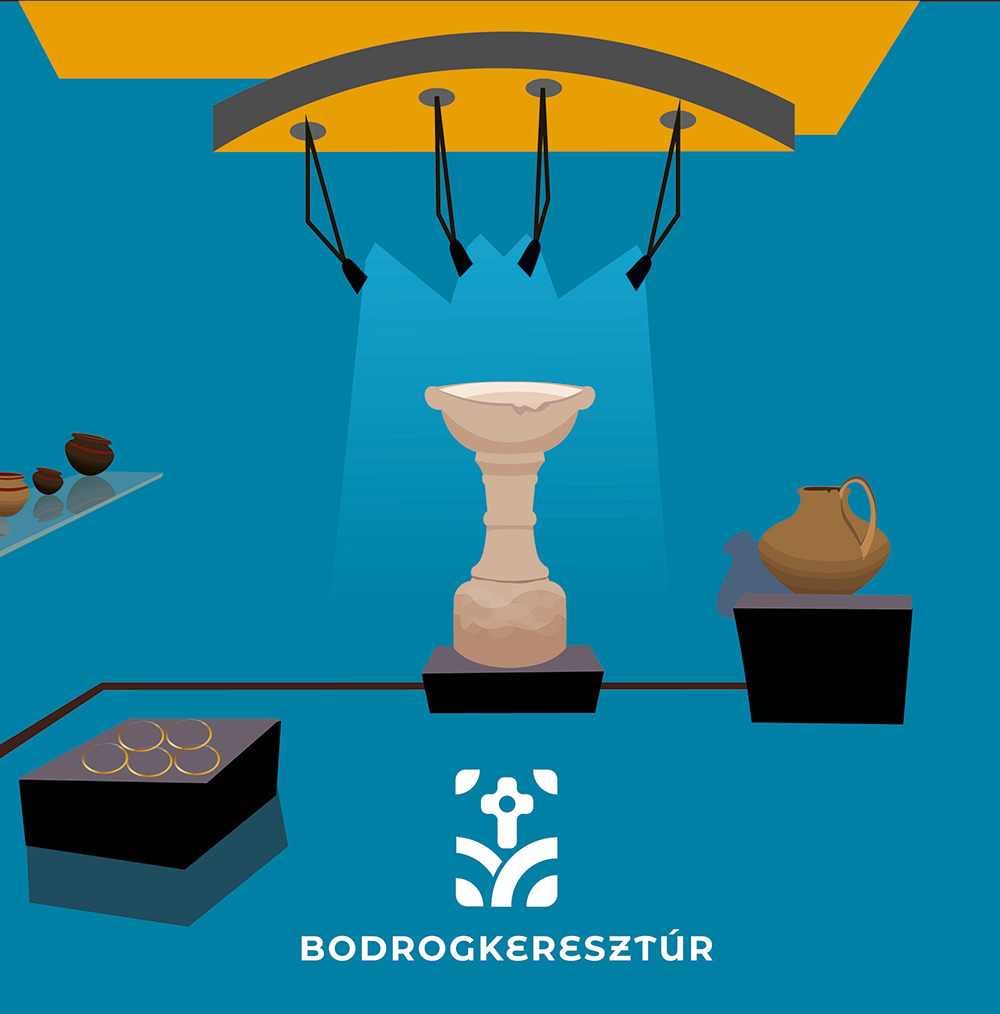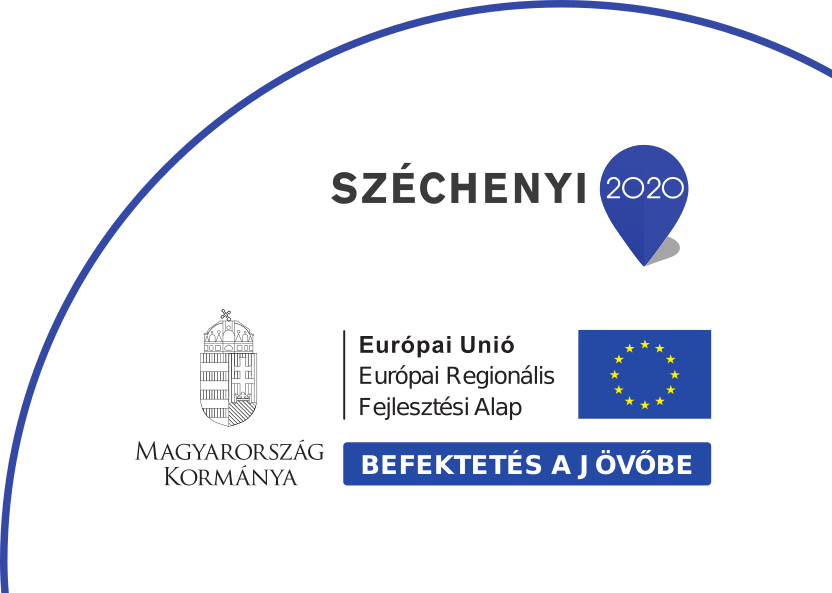Exhibition room: History of the settlement - 18th century

From the second half of the 17th century, the estates of Bodrogkeresztúr fell into the hands of the Rákóczi. In 1699 Ferenc Rákóczi II’s children, Ferenc Rákóczi and Julianna Rákóczi agreed on the division of the estates. Through this, Bodrogkeresztúr became the estate of Julianna Rákóczi, who was by then married to Ferdinand Aspremont of Lotharingian origin. Their descendants were landlords of Bodrogkeresztúr until 1945.
The 18th century was a period of religious diversity in the town. While in the 1600s, the town was largely Reformed, and the Catholic church building was used by the Reformed church community, but the Counter-Reformation returned the church to the Catholics in the early 18th century. The Reformed church could not be restored in the settlement until Joseph II's decree of toleration. In his poem about Tokaj-Hegyalja, Ember András Debrecen also writes about the Calvinists being forced to hold their services in a wine house.
In the early 1700s, the first Jewish aristocrats arrived in the settlement, and according to a census of 1723, there were already 7 Jewish families living in the town, partly from winemaking and trade, and partly from tavern-keeping. It is interesting to note that while at the end of the 18th century the proportion of Jews in the total population of the settlement was no more than 7-8%, by the beginning of the 20th century, in the time of Sáje Steiner, this proportion increased to 25%.
The religious diversity of the settlement was further enhanced by the establishment of a Greek Catholic parish in 1766. The Baroque church dedicated to St George the Martyr was built in 1782. Unfortunately, a fire in the 19th century damaged most of the building, and it was not restored until the 20th century.
Watch our short film about how the population of Bodrogkeresztúr was shaped!
Routes with audioguide
Show all


